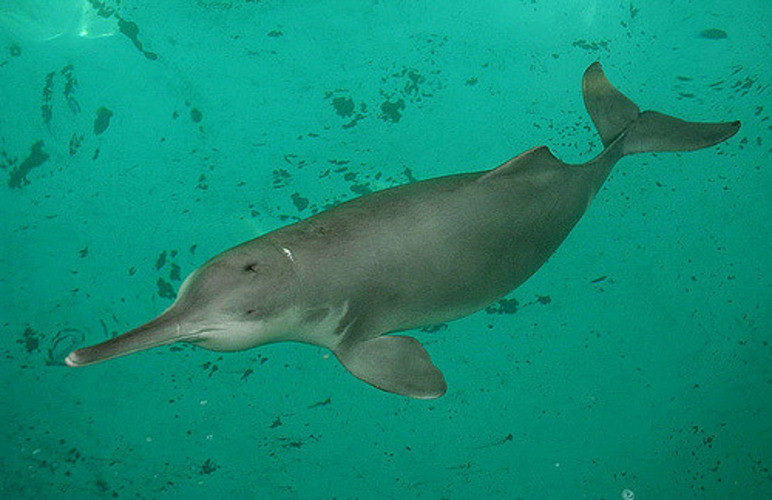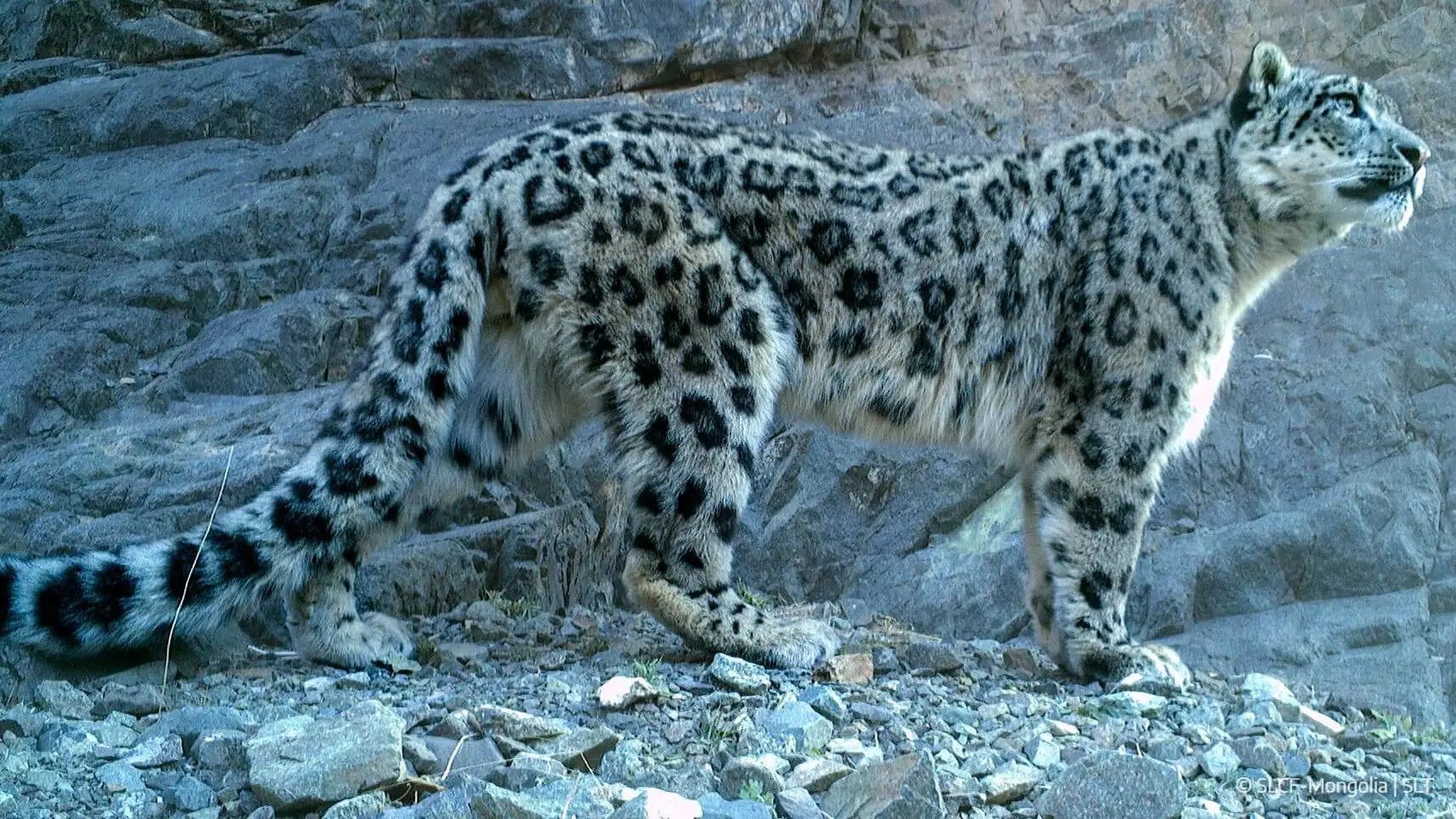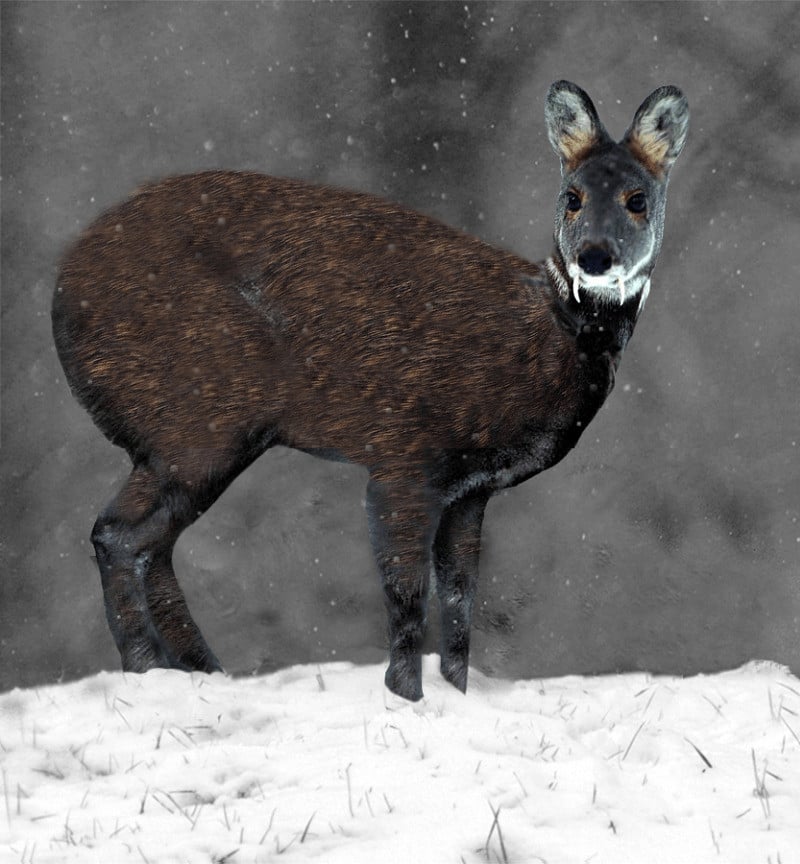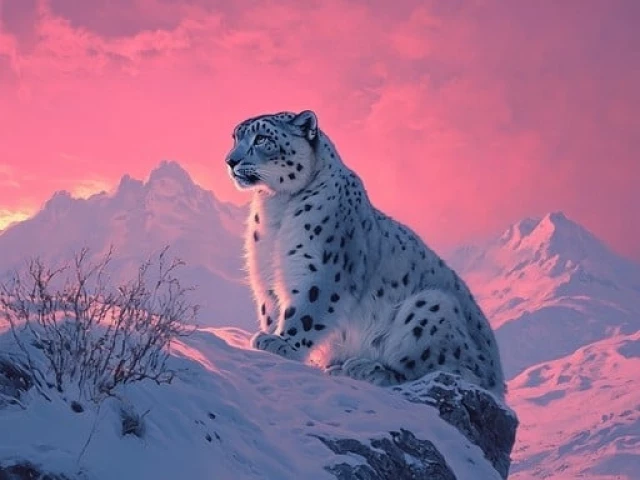Pakistan’s landscapes, from icy mountain ranges to fertile river plains, are residence to a rare vary of wildlife.
But many of those species face extreme threats because of habitat loss, unlawful looking and environmental modifications. Beneath are 5 species in Pakistan, that are both in danger or endangered in response to The International Union for Conservation of Nature – Red List of Threatened Species,
1. Markhor
The markhor, Pakistan’s nationwide animal, is an impressive wild goat with lengthy, spiral horns that may attain spectacular lengths. Its primary strongholds are in Gilgit-Baltistan, Chitral, Kohistan, Swat, and Balochistan’s mountain ranges. Regardless of its title which means “snake-eater,” it largely grazes on grasses, leaves, and shrubs. Populations have been threatened by trophy looking, poaching, and competitors with livestock for forage. Neighborhood-led conservation applications have helped stabilize numbers in some areas, but it surely stays weak to human pressures.
2. Indus River Dolphin
Recognized domestically because the “bhulan,” the Indus River dolphin is a freshwater mammal discovered solely in Pakistan. It inhabits the center stretches of the Indus River, significantly between the Taunsa and Guddu barrages in southern Punjab and Sindh, with the most important inhabitants between Sukkur and Guddu. It’s functionally blind, relying fully on echolocation, and is among the many few river dolphins left on the earth. The species has declined because of water diversion from dams, air pollution, diminished river movement, and unintentional entanglement in fishing nets.
3. Snow Leopard
Nicknamed the “ghost of the mountains,” the snow leopard inhabits the high-altitude areas of Gilgit-Baltistan, Chitral, Kohistan, Swat, and Azad Kashmir. Its thick fur and lengthy tail are excellent for freezing situations, and it’s able to leaping as much as 15 meters in rocky terrain. The snow leopard’s survival is threatened by poaching for its pelt and bones, decline in pure prey comparable to ibex and blue sheep, and retaliatory killing by herders defending their livestock.
4. Black Pond Turtle
The black pond turtle, a freshwater species with a definite patterned shell, is present in rivers, lakes, and wetlands throughout Punjab, Sindh, and elements of Khyber Pakhtunkhwa. These turtles assist steadiness ecosystems by feeding on aquatic crops, bugs, and carrion, contributing to water high quality. Their inhabitants has been severely diminished by unlawful assortment for the pet and meals commerce, habitat destruction, air pollution, and the draining of wetlands.
5. Kashmir Musk Deer
The Kashmir musk deer inhabits alpine meadows and forested slopes in Azad Kashmir’s Neelum Valley, Gilgit-Baltistan, and elements of the Kaghan Valley in Khyber Pakhtunkhwa. In contrast to most deer, it lacks antlers; as a substitute, males sport fang-like tooth and produce musk, which has been extremely valued in perfumery and conventional drugs for hundreds of years. This demand has fueled relentless poaching, whereas deforestation and habitat degradation have additional pushed the species towards endangerment.
Pakistan’s wildlife displays the nation’s exceptional ecological range. But these species face rising threats from human exercise and environmental change. Defending them means safeguarding not solely animals but additionally the pure heritage and ecosystems that maintain life throughout Pakistan. Stronger conservation measures, habitat safety, and public consciousness are very important if these species are to outlive for future generations.

